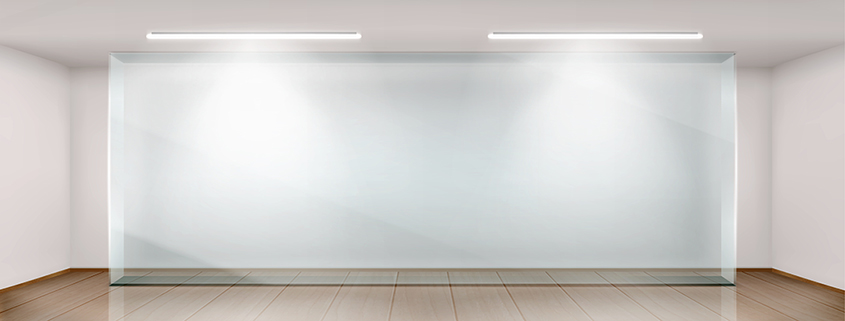How to Protect Your Artwork?
Whether a sculpture, a painting, or a piece of beautiful fine art photography, any art has a story to tell. When you purchase one, you want to get the most value and satisfaction out of it. You neither want to lose it nor expose it in a way that loses its value. Mostly, you want to sustain it so that it retains its importance for the longest time possible. That is why you need to keep in mind the best practices to ensure safety and extend the shelf life for your piece of artwork. Well, we have compiled some essential steps to take in protecting your piece of artwork to have it for generations!
Finding a Spot for Your Artwork
For starters, after acquiring your treasured piece of artwork, say a product of fine art photography, you ought to give it a space in your home or business premises. To determine the best spot to store your piece of artwork, consider the following factors:
- Avoid direct sunlight
Most parts of artworks may be acrylic paintings or on watercolors, or paper when subjected to extreme direct sunlight tends to fade away. Therefore, you need to consider shadier spots when determining where to place your piece of artwork. If it is a place where the direct sun rays are concentrated, then ensure to frame the piece behind a UV-protected glass to protect it from sunlight.
- Regulated temperature levels
Pieces of artwork, like photos from fine art photography, can easily get damaged by intense heat or even extreme humid conditions. Well, too much heat will lead to warping and discoloration of the artwork. High humidity levels can dampen the artwork. With that in mind, therefore, pick a spot with an average room temperature for your artwork.
- Correct moisture levels
Again, pieces of artwork on paper and delicate surfaces are prone to damage by moist conditions. That implies that you can choose not to hang your portrait in such spaces as the bathroom since they tend to have high humidity levels.
How to setup your artwork
After figuring out the best spot to hang or place the piece of your artwork, the next step is to figure out how to attach the artwork. To do so successfully and to minimize any possible damages, consider taking the following steps:
- Plan how you will display the artwork
The weight, size, and shape of your artwork are some of the essential factors to consider while choosing the method to display the art. It would help if you decided on whether hanging the artwork will require you to drill the wall and whether the plaster will be destroyed and other factors as well. That way, you can easily set the direction that the procedure will take.
- Put the tools and equipment you need together
To hang or display the artwork, you will need a number of tools. These may include a drill, hammer, a measuring tape, nails, etc. Depending on the size of the portrait, you might also need to add picture hangers and wall plug anchors. It is important that you put together all the tools, but you don’t have to DIY. You can let a pro help you fix the artwork in place if you are not quite handy.
- Set it up!
When hanging the portrait, consider the height that you need to put the artwork. For example, a framed fine art photography piece should be around 57 inches above the ground. It is the estimated average human eye level and allows you a great view and interaction with the artwork.
To be precise, measure the height from the ground and mark using a pencil. Measure to find the value of the middle wall from both sides and mark the two points using the pencil. Drill and put a nail on which to hang the portrait, then proceed to hang it.
Alternatively, you can choose not to hang the artwork by hammering on the wall, and instead, you decide to lean the frame of the artwork against the wall or the shelf. As such, you should get to choose a strategic point to place the piece, bearing in mind its fragility and delicateness to avoid breakage. Also, the position you wish to lean the artwork should afford you a great exhibition view.
How to care for your artwork
Voila! That fine art photography or painting you just purchased is now on display! So how do you go about caring for it? Yes, you need to care for the piece for longer shelf life and possibly upscale its value. Caring for it will also mean that it can dispense the desired emotion to reveal the artist’s message and theme. Here are a few necessary things to do to take care of your artwork:
- Consider dusting the artwork regularly
Various pieces of artwork require special care. For your oil painting, you will need to dust time after time by cleaning gently with a damp cloth. This is possible as oil is impervious to water and, therefore, will not get damaged.
If your artwork is an acrylic painting, you will need to dust lightly with a soft brush. For a watercolor artwork, you should get to wipe the glass frame gently of any dust particles.
- Avoid using any chemicals
Usually, chemicals will breach the colors of your artwork. When dusting, please avoid using any as that may destroy your artwork, lower the quality, and its value.
- Check for dampness
Depending on where you have hung or stored your artwork, you must get to check for moisture from time to time. Check for signs like discoloration or brown marks on your artwork. Consider wiping gently and finding ways to regulate the dampness.
Final word
Any nice piece of artwork is a treasure that bears the artist’s vision plus it’s great for aesthetics. Whatever the reason for purchasing a piece of artwork, you need to take care of it and protect it from losing its value. Don’t let that coveted art piece lose its value just because you don’t take time to protect it!


